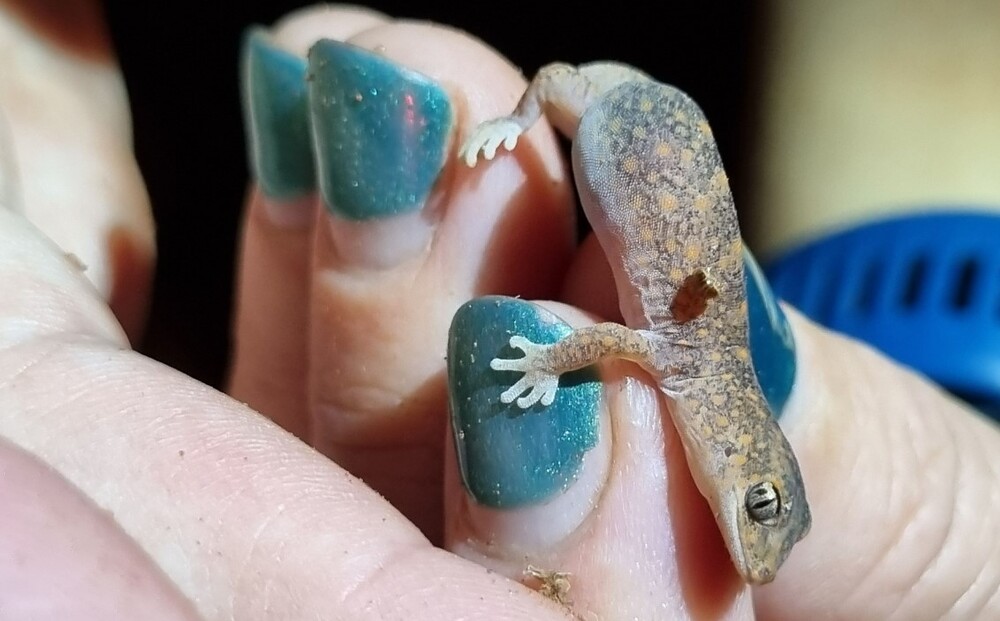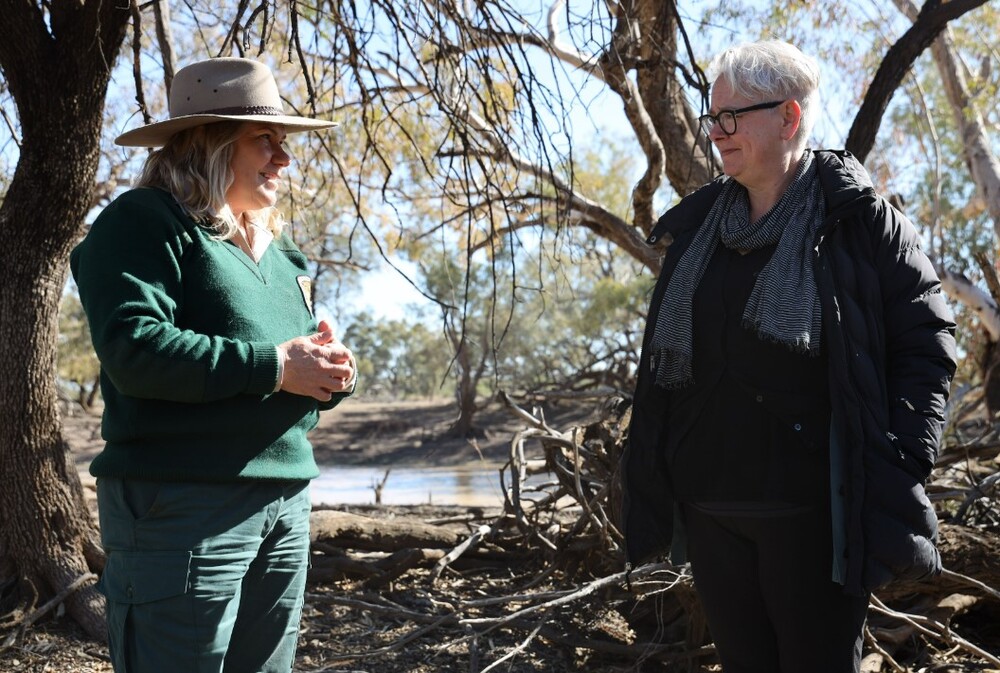NSW's newest national park gets a name
Lily Plass
20 September 2024, 7:40 AM
 Cuttaburra is NSW's newest National Park - credit Joshua J Smith Photography
Cuttaburra is NSW's newest National Park - credit Joshua J Smith PhotographyNSW’s newest national park, located 150 kilometres north-west of Bourke, has been given the name Cuttaburra.
The name refers to the Cuttaburra Creek that flows through the park and the surrounding Yantabulla Swamp Cuttaburra Basin.
A spokesperson for the Minister of Climate Change, Energy, Environment and Heritage Penny Sharpe said it could be well over a year before visitors can access the new Park.
It is made up of three former stations - Comeroo, Muttawary and Maranoa - which means there is still farming equipment, fences and other hazards that could be dangerous to visitors on the land.
Only once those are cleared up and facilities such as toilets are installed will the park be open to visitors.
Activities will then include camping, bird watching and driving tours.

Meet the eastern fat-tailed gecko (photo supplied)
The NSW Parks and Wildlife Service will also liaise with local Aboriginal groups that lay claim to that land to ensure that the land is treated in a culturally appropriate manner.
The 37,700-hectare park is home to 158 native animal species, twelve of which are classed as threatened, including the stripe-face dunnart and eastern fat-tailed gecko.
The Yantabulla Swamp is home to up to 50,000 waterbirds and thousands of internationally protected migratory shorebirds.
“This new national park will protect many native plants and animals, including a dozen listed as threatened species, as well as one of Australia’s most important wetlands,” Minister Sharpe said.
Other key programs underway in the Park include feral animal and weed control, fire management and conservation cultural projects.

Melissa Hams of NPWS with Minister Sharpe on her visit to Cuttaburra (photo supplied)
“Creating Cuttaburra National Park will ensure people from across NSW, and around the globe, will be able to visit and explore this area for themselves,” Minister Sharpe said.
“I have been lucky enough to see first-hand the new Park’s creeks, woodlands, open floodplains, stony mulga hills and wildlife – and I’m pleased the area will be protected for generations of visitors to come.”



